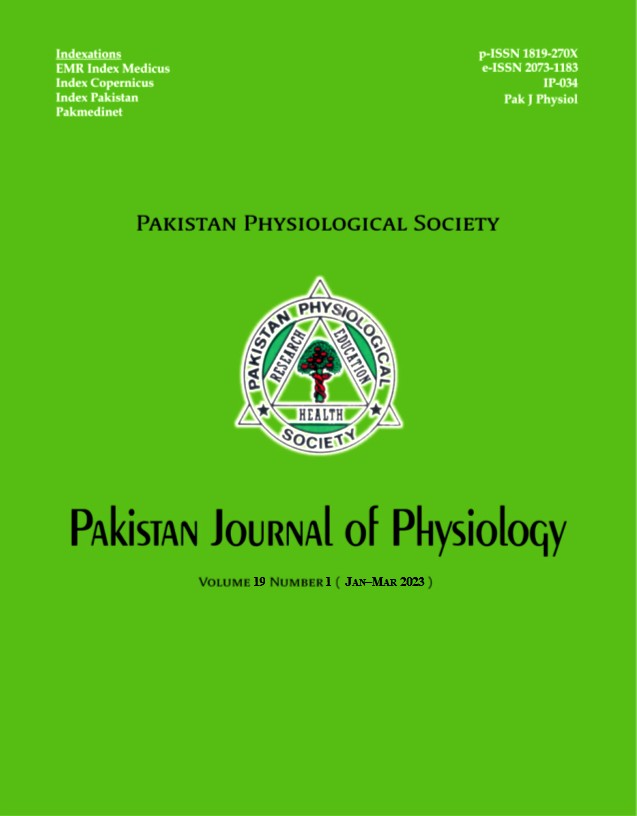HEPATOPROTECTIVE EFFECTS OF CHOLECALCIFEROL AND N-ACETYLCYSTEINE IN ACETAMINOPHEN INDUCED HEPATOTOXICITY IN MICE
DOI:
https://doi.org/10.69656/pjp.v19i1.1503Keywords:
Cholecalciferol, N-acetylcysteine, Acetaminopphen, Hepatotoxicity, Alanine TransaminaseAbstract
Background: The liver is a critical factor that has a vital role in metabolism and excretion of various chemical substances and drugs. Liver harm is a major problem to health that challenges healthcare vendors and the pharmaceutical industry. Acute liver injuries caused by various toxic chemicals, drugs, high alcohol intake, and microbes are studied well. This study aimed to measure the out-turn of cholecalciferol in comparison to N-acetylcysteine in acetaminophen-induced hepatotoxicity in mice. Methods: It was an experimental randomized control trial carried out in the Department of Pharmacology, Islamic International Medical College in collaboration with National Institute of Health Islamabad. Forty adult Balb-C mice were divided into four groups with 10 mice in every group. Group 1 was the Negative control group, and the experimental groups 2, 3, and 4 were administered acetaminophen to set off hepatotoxicity which was confirmed after one week through measuring alanine transaminase (ALT) levels. Group 3 was then administered cholecalciferol, and group 4 was given N-acetylcysteine. Terminal sampling was done on day 28 to evaluate the results. Statistical analysis was accomplished on SPSS-22. Comparison among groups was done using one-way ANOVA and student’s t-test, and p<0.05 was taken statistically significant. Results: Mice of groups 3 and 4 significantly reduced ALT levels as compared to group 2. Cholecalciferol significantly decreased ALT levels in hepatotoxic mice with efficacy greater than N-acetylcysteine. Conclusion: Cholecalciferol is more efficacious in the reversal of acute liver injury as compared to N-acetylcysteine.
Pak J Physiol 2023;19(1):14-16
Downloads
Downloads
Published
How to Cite
Issue
Section
License

This work is licensed under a Creative Commons Attribution-NoDerivatives 4.0 International License.
The author(s) retain the copyrights and allow their publication in Pakistan Journal of Physiology, Pak J Physiol, PJP to be FREE for research and academic purposes. It can be downloaded and stored, printed, presented, projected, cited and quoted with full reference of, and acknowledgement to the author(s) and the PJP. The contents are published with an international CC-BY-ND-4.0 License.











